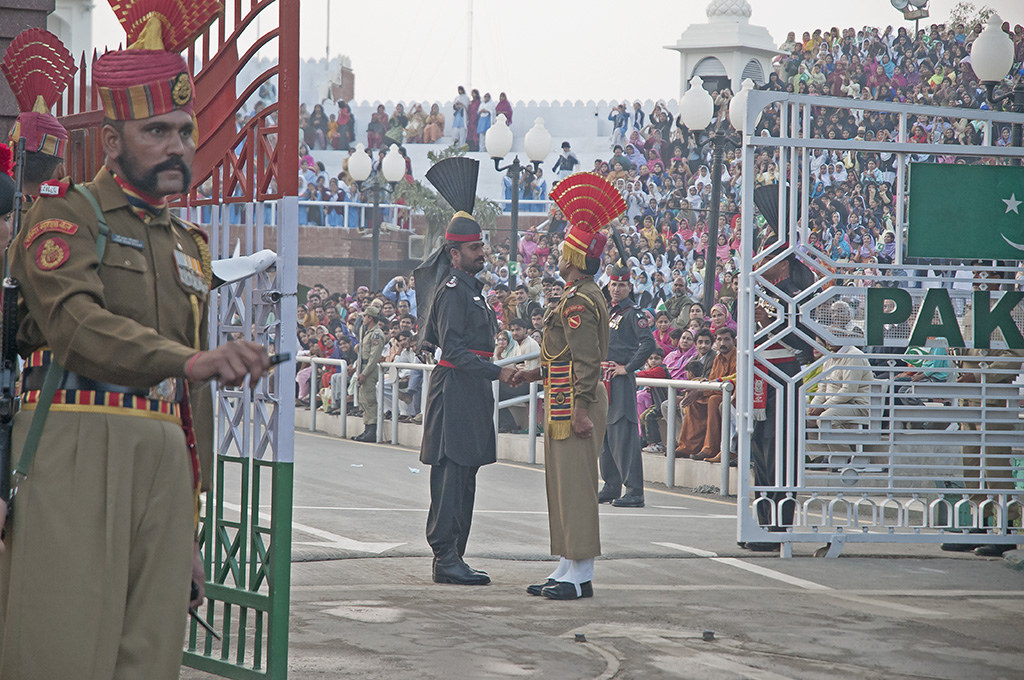By Anthony Cordesman
Terrorism has become one of the dominating national security threats of the 21st century. It is also one of the most complex — mixing the actions of states, extremists, and other non-state actors in a wide range of threats and types of conflicts. Terrorists range from individuals carrying out scattered terrorist acts, to international terrorist networks of non-state actors, to state terrorism including the use of conventional forces and poison gas to terrorize portions of a civil population. Terrorism has also become a key aspect of civil war, insurgency/counterinsurgency, and asymmetric warfare, as well as ideological, ethnic, and religious warfare.
There is no easy way to categorize the resulting patterns of violence, to measure their rise, or to set national security priorities. For more than a decade, the U.S. has focused on the threat of terrorism in Afghanistan and Iraq, but it has dealt increasingly with the expansion of the threat into North Africa, other parts of the Middle East, Sub-Saharan Africa, and the rest of the world. Key warfighting threats like the Islamic State and its affiliates, and the Taliban and Haqqani Network, are only a comparatively small part of the rising threat in the Middle East and North Africa (MENA), Sub-Saharan Africa, and South Asia.






/arc-anglerfish-arc2-prod-mco.s3.amazonaws.com/public/RCF26VI4TZDZHG2WZ32SFM35LE.jpg)



/arc-anglerfish-arc2-prod-mco.s3.amazonaws.com/public/AD7RDIIWQ5GOLI5BUBCRUZXSIM.jpg)

/arc-anglerfish-arc2-prod-mco.s3.amazonaws.com/public/EJP374QUCRGCRFHIRBS2NWD6QA.jpg)
/arc-anglerfish-arc2-prod-mco.s3.amazonaws.com/public/SEOXXKZ255CJVKHFX437HVJL44.jpg)
/arc-anglerfish-arc2-prod-mco.s3.amazonaws.com/public/BMT4EW3NMVHXZHOKAM563WSR34.jpg)
/arc-anglerfish-arc2-prod-mco.s3.amazonaws.com/public/D4ZD2G3SQFERNLQ6VTZV25MYDI.jpg)